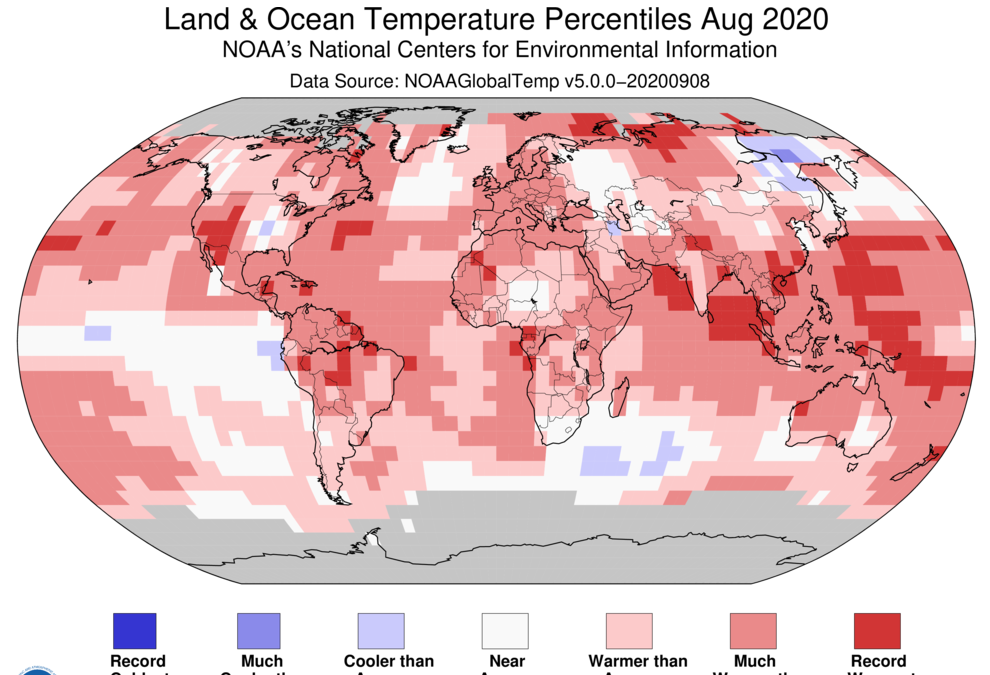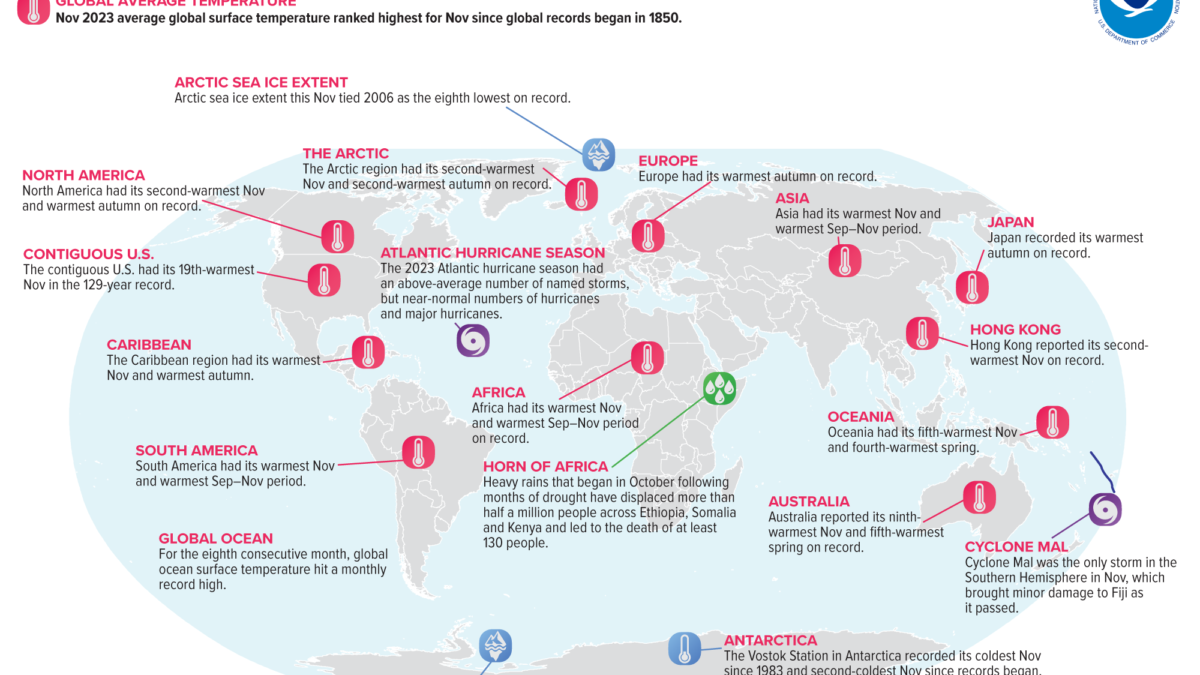Ghost forests: coastal forests dying off as sea-level rise accelerates
By Ginger Zee, Daniel Manzo, and Kelly Livingston
6 July 2023
(ABC News) – As people around the world contend this week with the hottest temperatures ever recorded on Earth, more visual evidence of climate change is emerging with the spread of ghost forests.
The globe is naturally warming and seas naturally rise, but greenhouse gas emissions have helped amplify that change and it’s evident along coastal forests especially in the mid-Atlantic.
Ghost forests develop when sea-level rise causes saltwater to advance on the land, according to the National Oceanic and Atmospheric Association. As saltwater overtakes the fresh water supply that trees rely on, the increased salinity slowly kills the trees, “leaving a haunted ghost forest of dead and dying timber.”

Each tree in a ghost forest is called a stag. A stag only stands for two to three years, meaning ghost forests aren’t like this for decades, and any visible ghost forest is relatively recent.
Virginia Institute of Marine Science associate professor Matthew Kirwan explained to ABC News his research group has found ghost forests in the mid-Atlantic region of Virginia through New Jersey, and they are developing up to 14 times faster than they did in the 1850s because the sea level is rising much more quickly.
Ghost forests can be found in almost every coastal state, and hundreds of thousands more acres of forest are set to transition to ghost forests by the year 2100.

In New Jersey, the Department of Environmental Protection (NJ DEP) is working to combat the transition of its own Atlantic White Cedar forests by seeding these trees further inland, aiming to restore 10,000 acres.
“Today, our cedar resource is at a tipping point,” NJ DEP declares on its website. “Rather than let this unique and valuable ecosystem be whittled away to meaninglessness, we can achieve ecosystem restoration through attention and forest management.”
At the time of European settlement, an estimated 500,000 acres of Atlantic White Cedar forests stretched from Maine to northern Florida, and along parts of the Gulf of Mexico, with about 115,000 acres in New Jersey alone. Today, less than 125,000 acres remain nationally, with less than 25,000 acres in New Jersey. [more]


